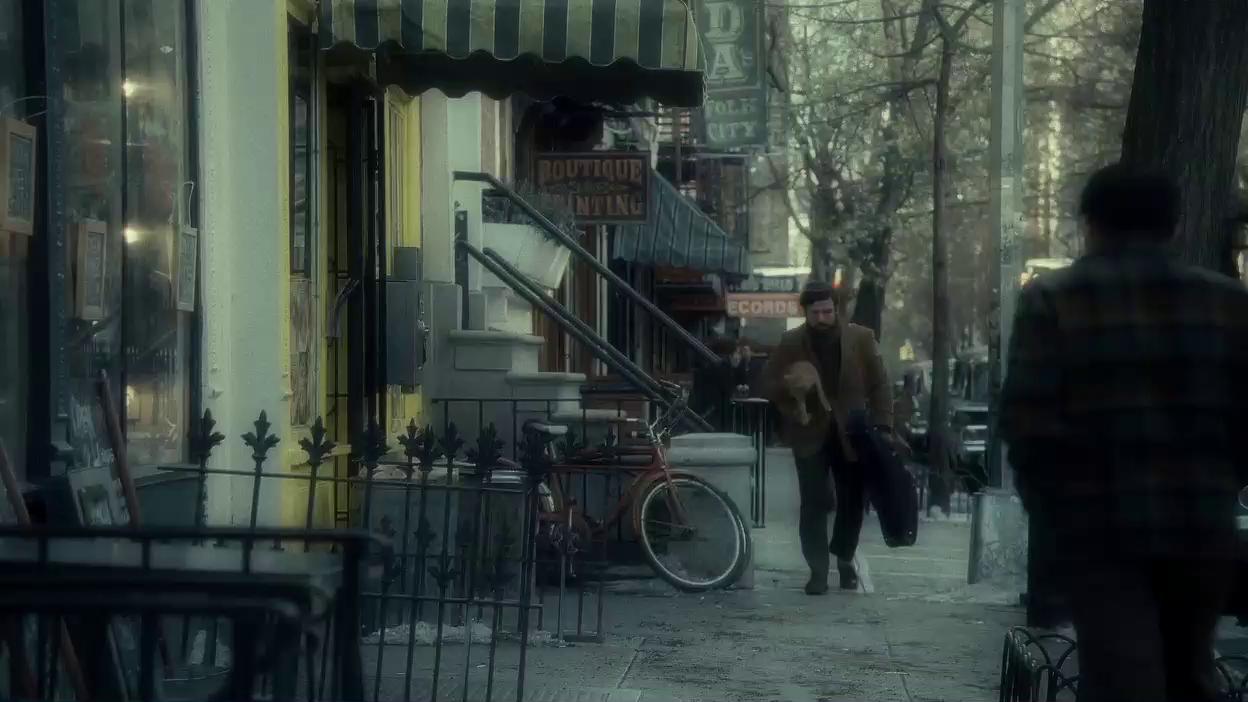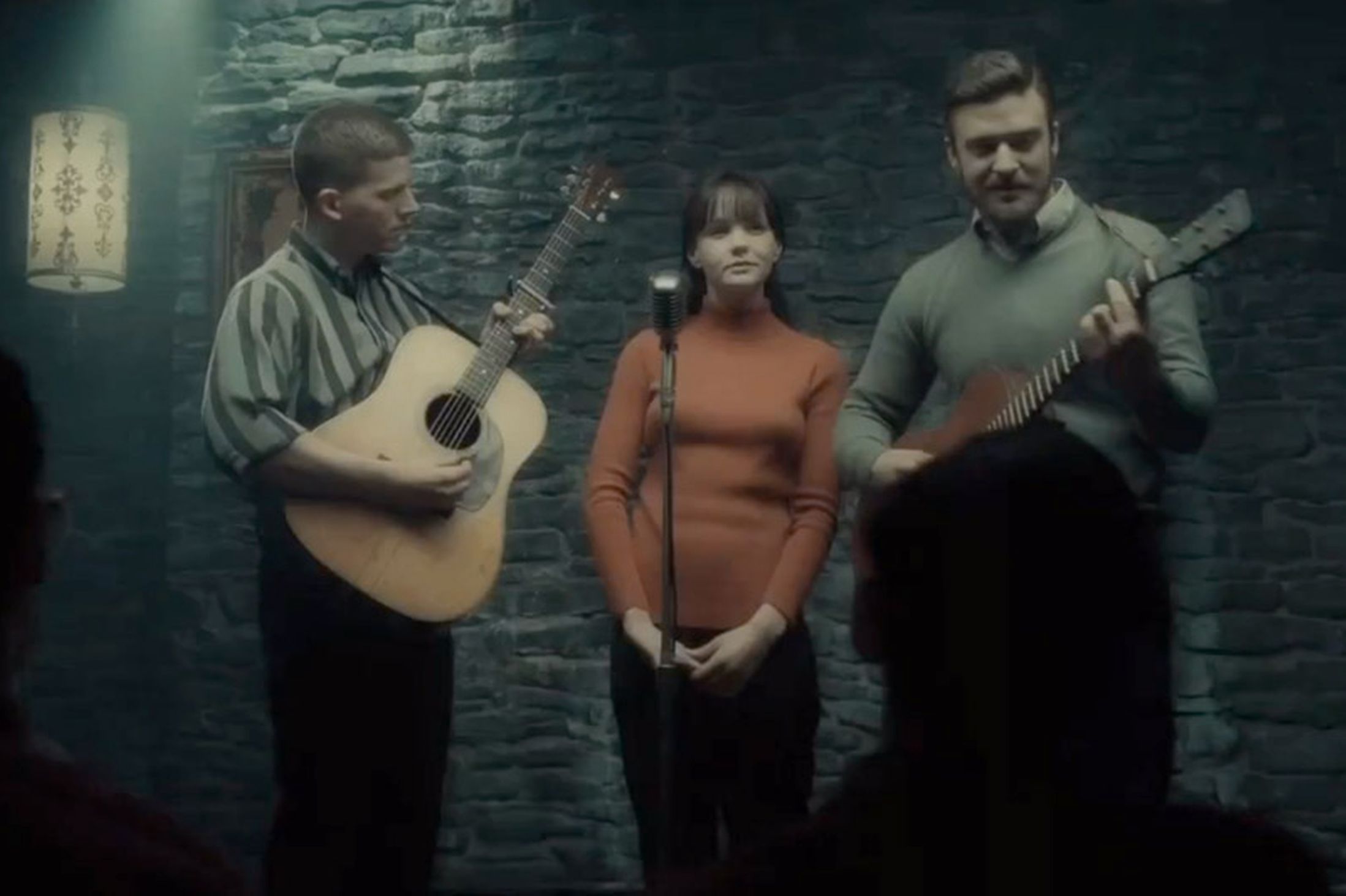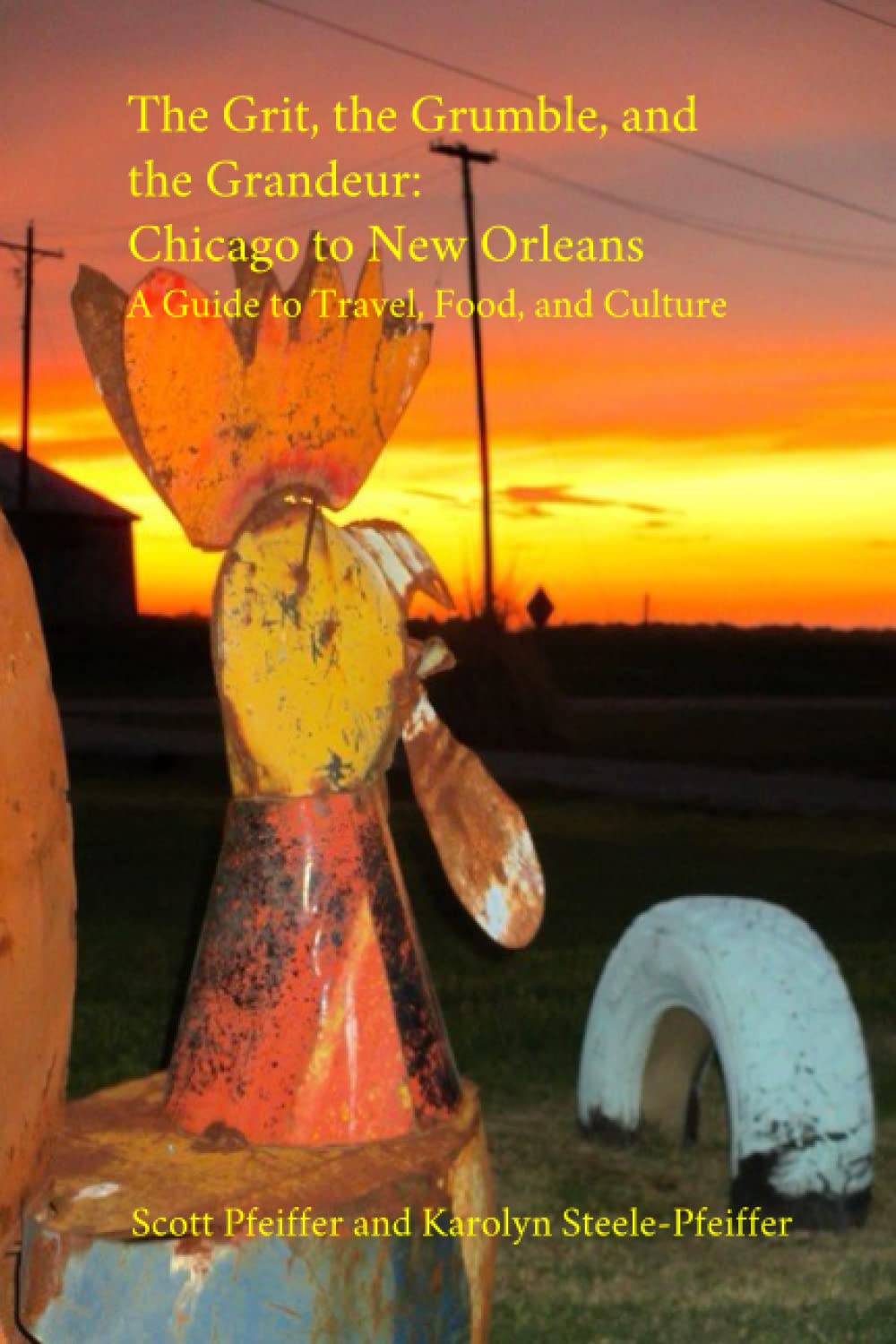Inside Llewyn Davis
 Scott Pfeiffer
Scott Pfeiffer  Monday, January 13, 2014 at 12:22PM
Monday, January 13, 2014 at 12:22PM 
“Inside Llewyn Davis” is at once the new Coen Brothers picture and a movie about the early-60s folk music scene in Greenwich Village, which means that here we have a film that interests me both for its subject and its directors. It’s a curious film that I’m not sure will entirely satisfy fans of either. Quietly haunting, sometimes hilarious, the movie observes distantly, obliquely, just like the titular Llewyn (Oscar Isaac). It has a sly way of working on you, which has everything to do with the Coens’s by-now serene style.
Llewyn is an insolent, hard-knocked, big-mouthed, self-absorbed young folksinger, chasing his dream, the kind of fellow who gets his ass kicked in the alley of a folk club for heckling other performers. Always broke, he lives off the good graces of others, including his fed-up girlfriend Jean, a folksinger herself. Played with withering contempt from under her bangs by Carey Mulligan, Jean informs Llewyn that everything he touches “turns to shit.” It's a funny turn.
Llewyn is modeled--very, very loosely--on Dave Van Ronk, the “musical mayor of MacDougal Street,” that legendary New York street lined with coffeehouses like the Gaslight. Van Ronk was a hero of the very young Dylan. Indeed, Llewyn inhabits a chilly Village that’s just as we imagine it must have been on the eve of Dylan blowing in to electrify everything. It’s all just a backdrop for the Coens’s constant theme: the dance of fate and chaos. Signifiers and allusions float past in the wintry palette by cinematographer Bruno Delbonnel, like the street names that briefly focus as the subway rollicks towards the Village (from a cat’s point of view, no less).

That cat is one of the movie’s key characters, actually. He belongs to a sweetly square professor and his wife (Ethan Phillips and Robin Bartlett), who are always happy to host their “folksinger friend from the Village,” imagining him to be quite a soulful fellow. It's a sort of mutual exploitation. Having crashed at their apartment the night before, Llewyn watches as the cat darts out the door. He’ll be trying to keep the cat in his grasp for the rest of the movie, but nothing is really ever quite within Llewyn’s grasp.
The joke of the movie is that there doesn’t really seem to be that much going on “inside” Llewyn Davis. That’s until he opens his mouth to sing, that is. Suddenly a guy who seemed shallow has soul for ages, and he’s singing of legends and lore, of loss and love and sacrifice. (We learn that he used to be in a duo until his partner jumped off a bridge, and maybe it's when he sings that you can see what that really meant to him). For as long as it takes him to sing “Hang Me, O Hang Me,” Llewyn is that guy facing the gallows. Oscar Isaac performed the songs himself, sullen, cigarette hanging from his mouth. These are the moments when a rather ghostly movie has some blood and guts.

There’s also a guileless young soldier (amusingly played by Stark Sands), a folksinger himself, just passing through. Because Llewyn happens to be chasing the cat, he catches a glimpse of the soldier again, walking away into the distance. The effect is odd: it's as if we’ve glimpsed a story-strand after it’s moved off the “stage” of the movie.
This is a very early bohemia. There is a funny scene in which Llewyn’s “straight” sister (Jeanine Serralles) reproaches him for his cursing by saying, “I’m not one of your Greenwich Village friends.” Actually it’s funny how clean-cut, even collegiate, the café denizens look by today’s standards. The earnestness of the performance, too, is from another era, like that of duo “Jean and Jim” (Mulligan and a bright-eyed Justin Timberlake). Though the mighty T. Bone Burnett supervised the music, as he did on “O Brother Where Art Thou?”, I’m not sure I need the soundtrack separated from the visuals (not when the original recordings are still out there). Still, it’s fun to hear Timberlake sing folk. I got a kick out of the scene where Llewyn and Jim go into the studio to cut a corny novelty number (“Please Mr. Kennedy”), complete with hilarious basso interjections by Adam Driver in a cowboy hat.
Hoping to make it to Chicago to audition for “Grossman” (Albert Grossman, of course, was Dylan’s manager), Llewyn hops in a car driven by the brooding Johnny Five (Garret Hedland), one of those odd characters who populate Coen movies. Slumped in the back is a massive smack-addicted jazz musician (John Goodman), like a dinosaur of early-60s bohemia.

When Llewyn finally gets to audition for Grossman (F. Murray Abraham), his song stirs such a deep, quiet well that it made me tear up. For at least those few minutes he’s as great as anyone ever has been. So it’s quietly heartbreaking when Grossman greets the performance with, well, there’s no commercial potential.
The ending is a mirror of the beginning. Only this time when history repeats itself, the cat does not escape. In a blow-by-blow replay, Llewyn finds himself once again in an alley getting his ass kicked by a shadowy figure. Except this time, a young Bob Dylan is singing inside the club as it happens. It’s almost as though we’re seeing Llewyn getting beaten up by history itself. (Llewyn glimpsed Dylan onstage as he moved towards the back of the club, curious, with no way of knowing he's witnessing the birth of history.) And so this curious film leaves us there with Llewyn, lying in an alley somewhere near the intersection of Bleecker and MacDougal, caught forever at the crossroads where fate and chance dance.
Rating: ***1/2
Key to ratings:
***** (essential viewing)
**** (excellent)
*** (worth a look)
** (forgettable)
* (rubbish!!)


Reader Comments